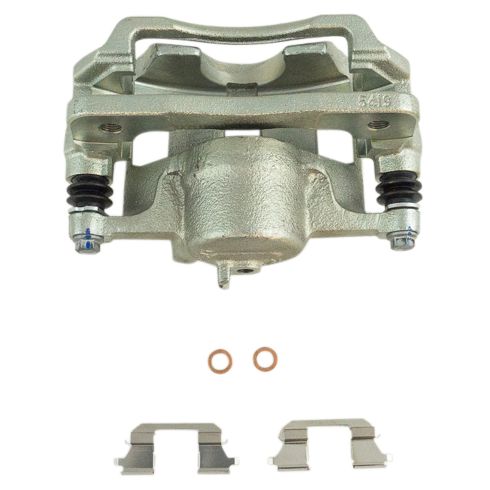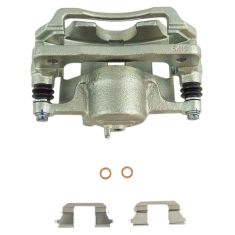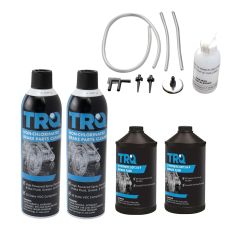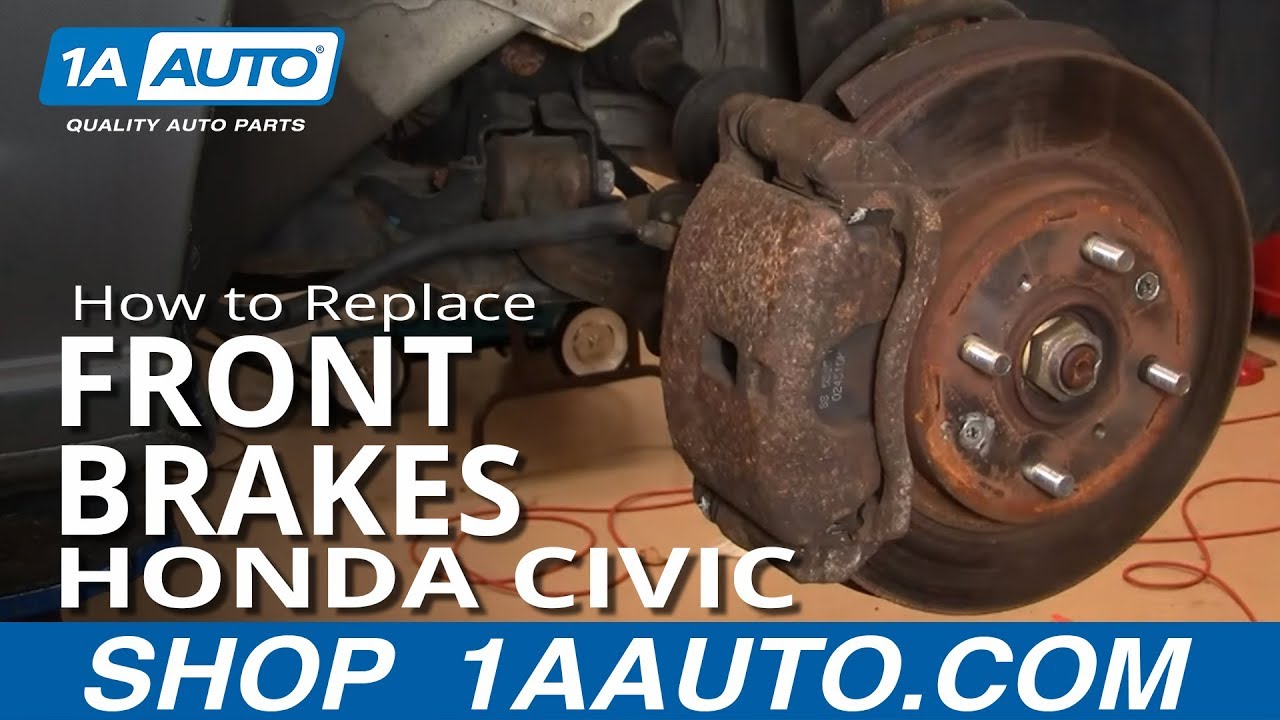RABCR00070-Honda Civic Insight Front Brake Caliper with Mounting Bracket Raybestos Element 3 FRC10694N



Replaces
1996 Honda Civic LX Automatic Transmission with 4 Wheel ABS Brakes Front Passenger Side Brake Caliper with Mounting Bracket Raybestos Element 3 FRC10694N


Frequently bought together
Product Reviews
Loading reviews
There are no reviews for this item.
Customer Q&A
No questions have been asked about this item.
Honda is a registered trademark of Honda Motor Co., Ltd. 1A Auto is not affiliated with or sponsored by Honda or Honda Motor Co., Ltd.
See all trademarks.











